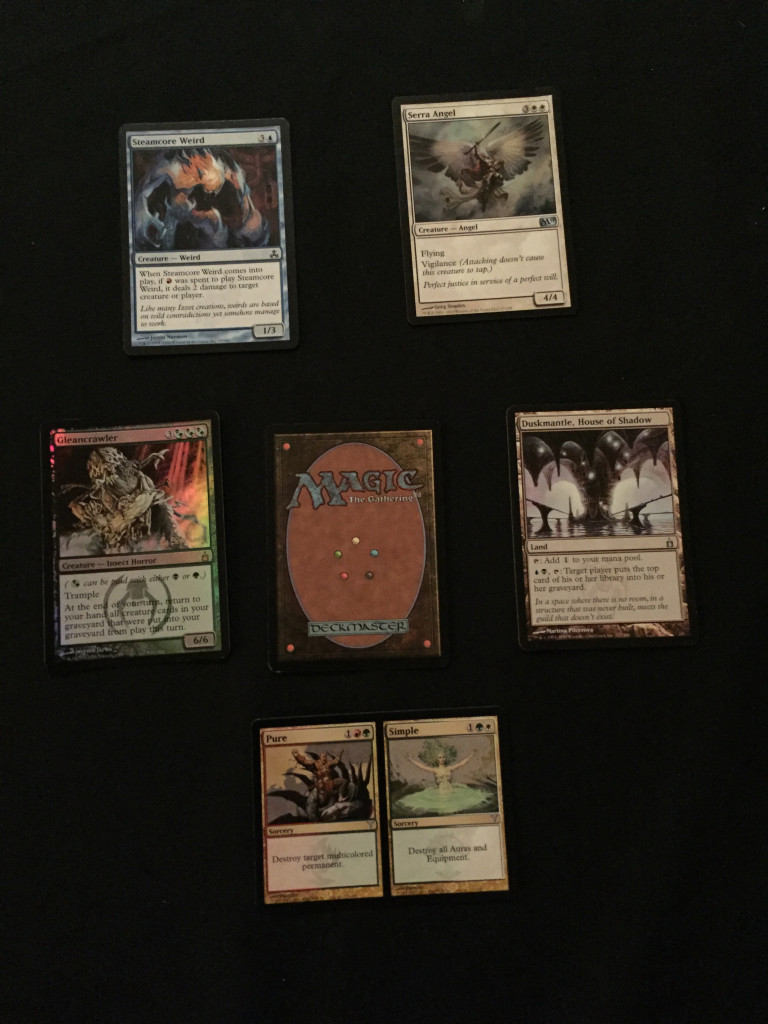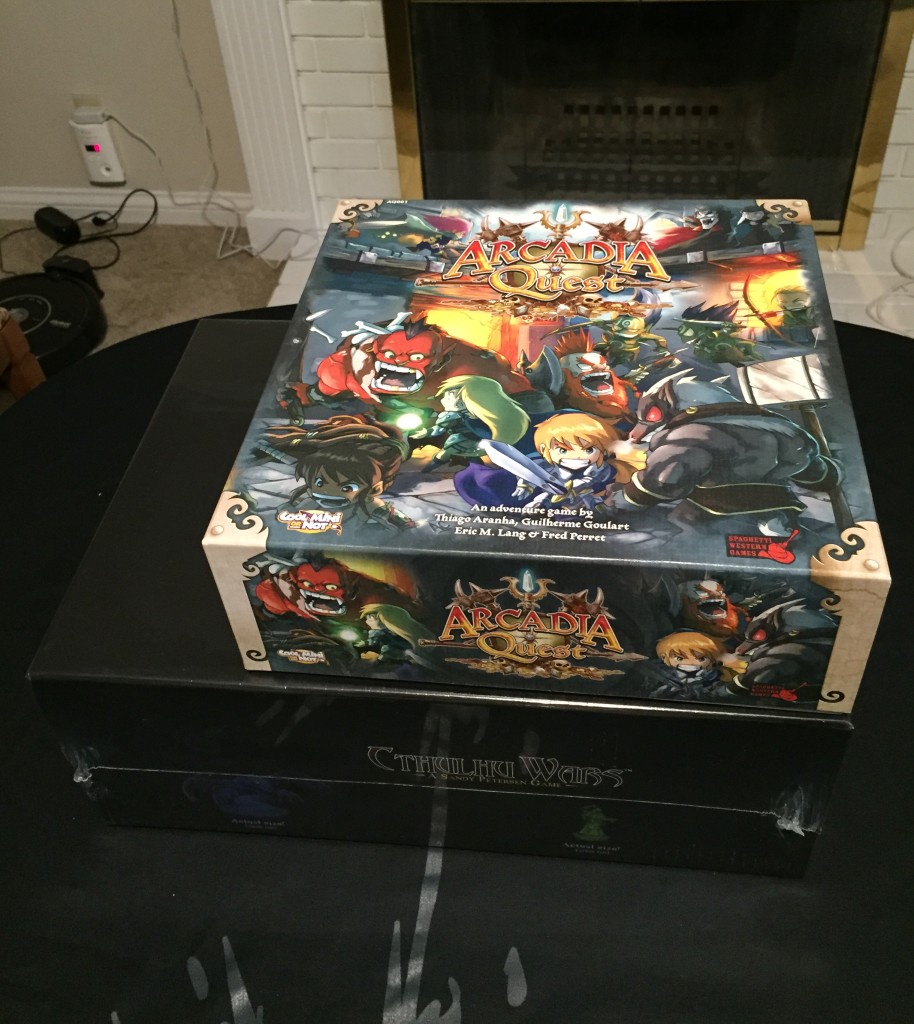I think I have been the IT support person in all the households I have been in. From growing up with my parents to my current partial bachelor days (partial as having a 19 year old daughter live with you is not being alone), I have always maintained the infrastructure at my house and made the recommendations on what technology to get.
Since this is a Thursday and I usually talk about my interests, this week I will discuss my long term love affair with computers and similar technology. For someone that has liked accounting and finance since grade 9, I have managed to keep tinkering away with technology pretty much all my life. My first real technology project was building a blue box on a bread board using a schematic I found on BBS.
As I said in the Hello World entry that started my blog, my first experience with computers was on an Apple ][ + computer in high school. The first computer owned in my house was an Apple //c (I convinced my parents to buy it) and the first computer I bought with my own money was an Apple II GS. Even my first work computer at KPMG was a Mac. With all of that you might be surprised to know that all my computers since then have been Windows machines. I guess I can ascribe that to two reasons. The first is residual bitterness that the Mac won over the II GS (you have to be a real long term user of Apple computers to understand the Woz vs. Jobs days). The second is that I always liked to tinker with my computers and personalize them and the Mac just was not designed or built for that.
I have never owned a Windows desktop that I did not build myself. The first one was a little scary to build and overclocking my Celeron 300 to 450 (via instructions from Anandtech.com) as a big move for me. Even since then I have tended to buy the second fastest processor in the line that was the best at the time as the bang for the buck is higher. I had the AMD Athlon chip one generation of self built PC, but most of my time building PCs Intel has been the obvious and best choice. The last five years or so, the main processors have become powerful enough that there is little reason to replace them. My current processor and motherboard combo is over 4 years old at this point and it works more than well enough.
I am a very big fan of multiple screens and I use 3 now when I am home and using my main machine. I have an AMD graphics card, but I have rotated through the leaders for years. I was a big believer is 3DFx and their voodoo cards. I was even heavily invested in the early nVidia vs. 3DFX discussions on Silicon Investor and abandoned 3DFX after they invited me to their office and gave me a review unit of the Voodoo 5000. At that point I thought that nVidia just had the better graphics card and much better execution. Today AMD and nVidia go back and forth for who is best and I also buy the second best of their line and there is not that much difference right now. Having more than one screen is very important and I really enjoy having three to use. It seems like one big screen should be good enough, but once you try two or more it is really hard to go back.
The only other real change I have made in my builds in recent years is moving the operating system and the main programs I run to and SSD to I boot a little faster and the typical programs I run load faster. The technology there is pretty stable now and any of the main SSD are fine. I never pay for faster mechanical hard drives as I really don’t notice a difference. I have experimented with different mice and keyboards but for the most part think that Logitech and Microsoft make good enough models.
I do spend a little extra on my home router. The last few I have owned are ASUS routers. They have their own version of DD-WRT which is an open source router software you can use to overwrite the basic software that comes on many routers. I like the parental control features of the router and I am sad that my two teenage girls cannot out think their dad and hack into the routers and override it. I prefer to attach my media players and main computer with a physical cable instead of relying on wireless. I already wrote a blog entry on the networked attached storage(NAS) I use, so I will not go into detail here on the same topic.
My kids are Mac users through and through, so I have had to learn that as well, but I am not as good with MacOS as I am with Windows. No disasters so far and my NAS is a Time Machine target for backup for them.
I have had friends and family members ask where I learned how to put everything together. For example, I even can make my own Ethernet cables. The real answer is what Musashi always says – practice. I spent years being patient and learned it. Google is also an excellent tool. No need to seek out the latest issue of 2600 magazine for the latest cool hack, a quick search gets you answers. I am not so cutting edge as I do not have any VR googles, at least not yet. My main machine is getting a little long in the tooth. I do have the latest Apple TV and Roku. And a Fire TV stick all connected to my 3D TV. I chose 3D over 4K as there is more media on Blueray available. I was an avowed Plasma TV buyer but have reluctantly switch to LCD.
I was an early user of PDA, I had a US Robotics Palmpilot and even was buying and reading books via Peanut Press. I liked Blackberry, but was quickly an iPhone user and have been buying a new one every two years. I am typing this up using the MS Word app on an IPad Air 2 and I type almost all my blog entries on my IPad. This blog was typed in the car too and from my office and in the Camel bar in Suzhou while I was having dinner. I use a stand I bought from Amazon and a Bluetooth keyboard as I can type much faster that way. Again, not so cutting edge. I have owned some Android tablets but I am pretty locked into the Apple ecosystem at this point with much of my media purchases using Apple DRM.
I do think keeping up with the latest technology and experimenting and doing it yourself helps in your job as well. CFOs often run IT and I feel much more confident when discussing the latest network infrastructure build out since I know how it works. It does take some time to get it right and you do have only yourself to rely on for tech support if you try and build your own PCs, but there almost never are any serious issues once it is up and running properly. Who knows, you might even impress your kids.
AmazonBasics Adjustable Tablet Stand
AmazonBasics Bluetooth Keyboard for Apple Devices (iPad, iPad Mini, iPhone)




















